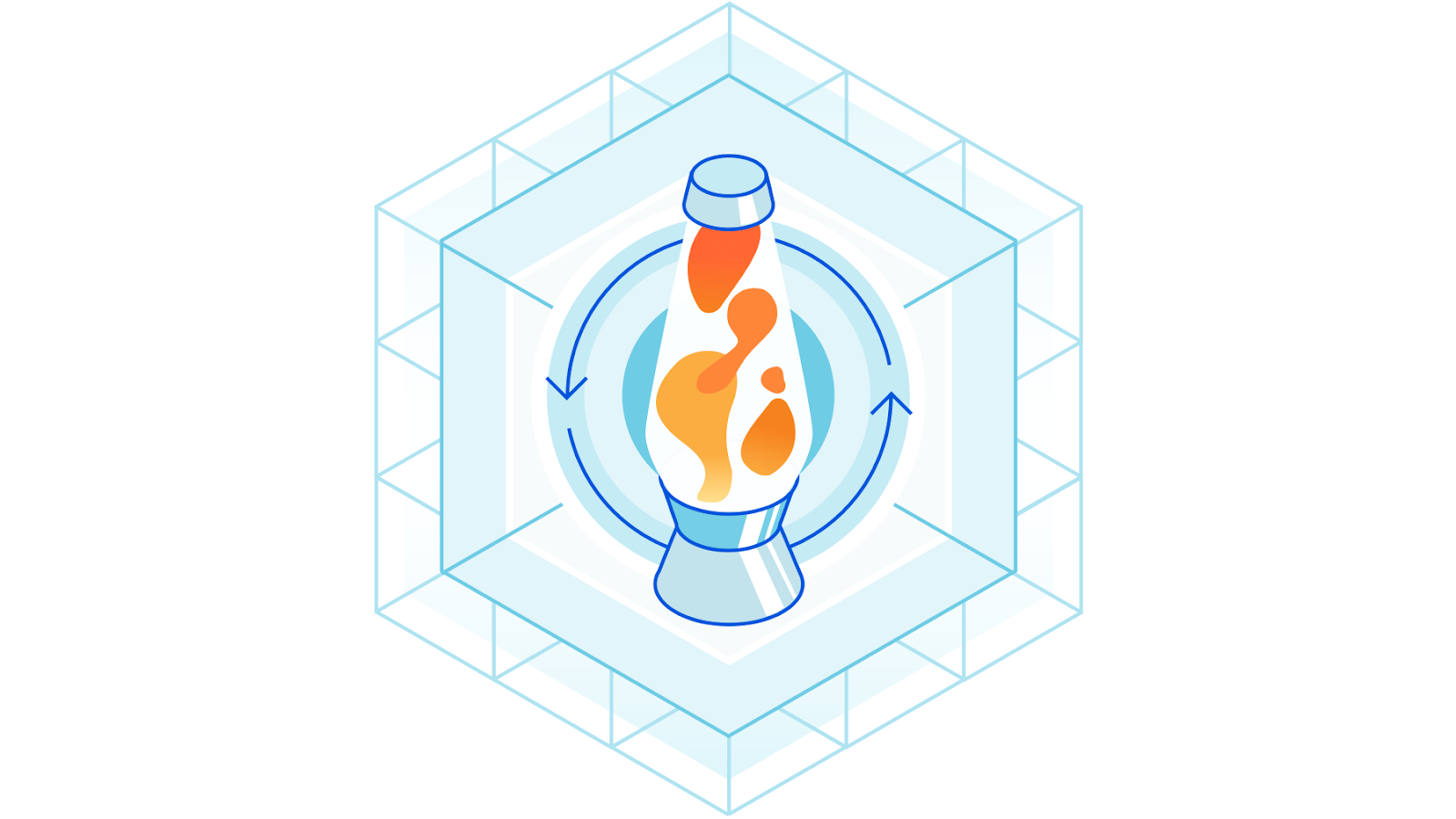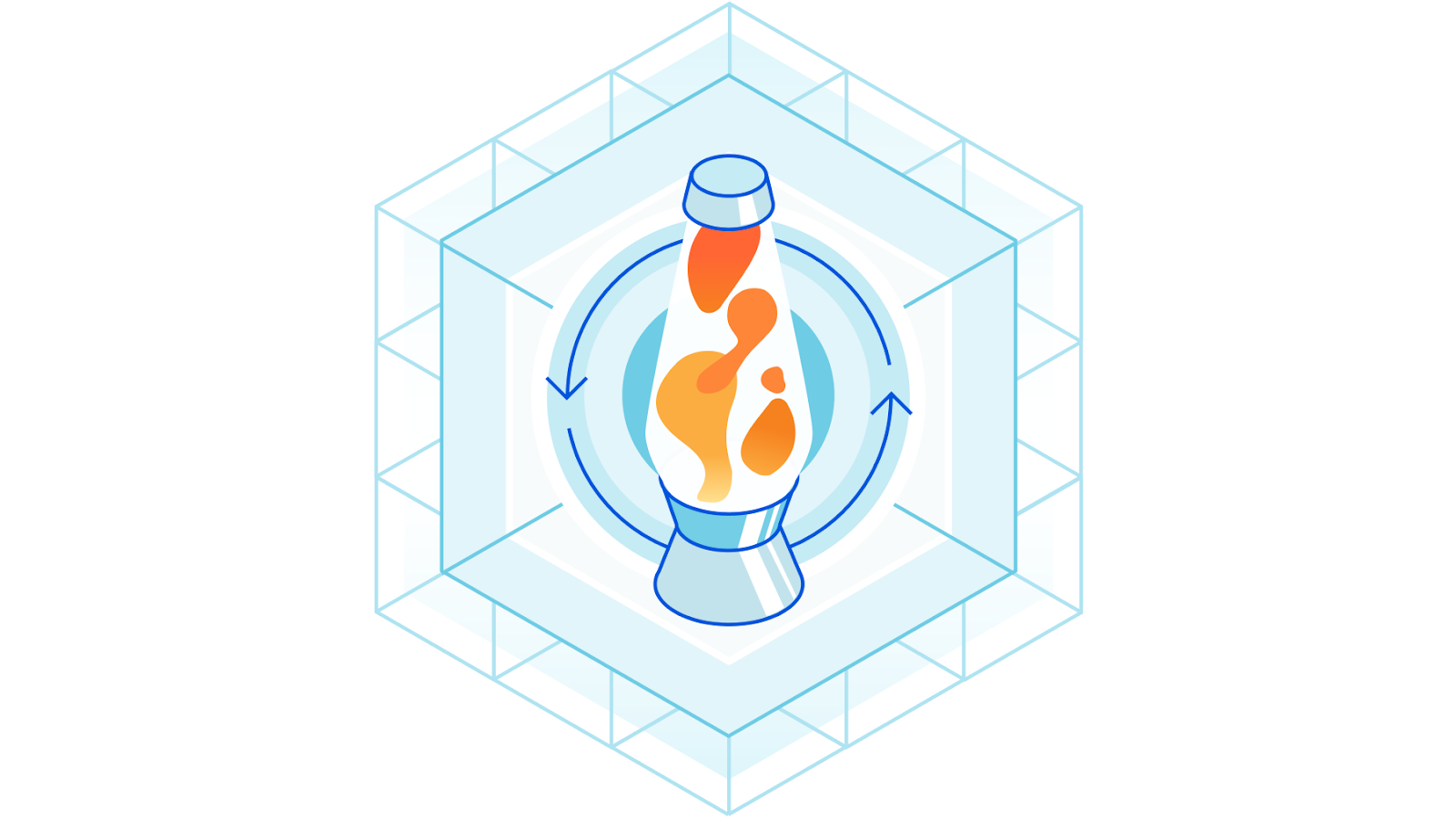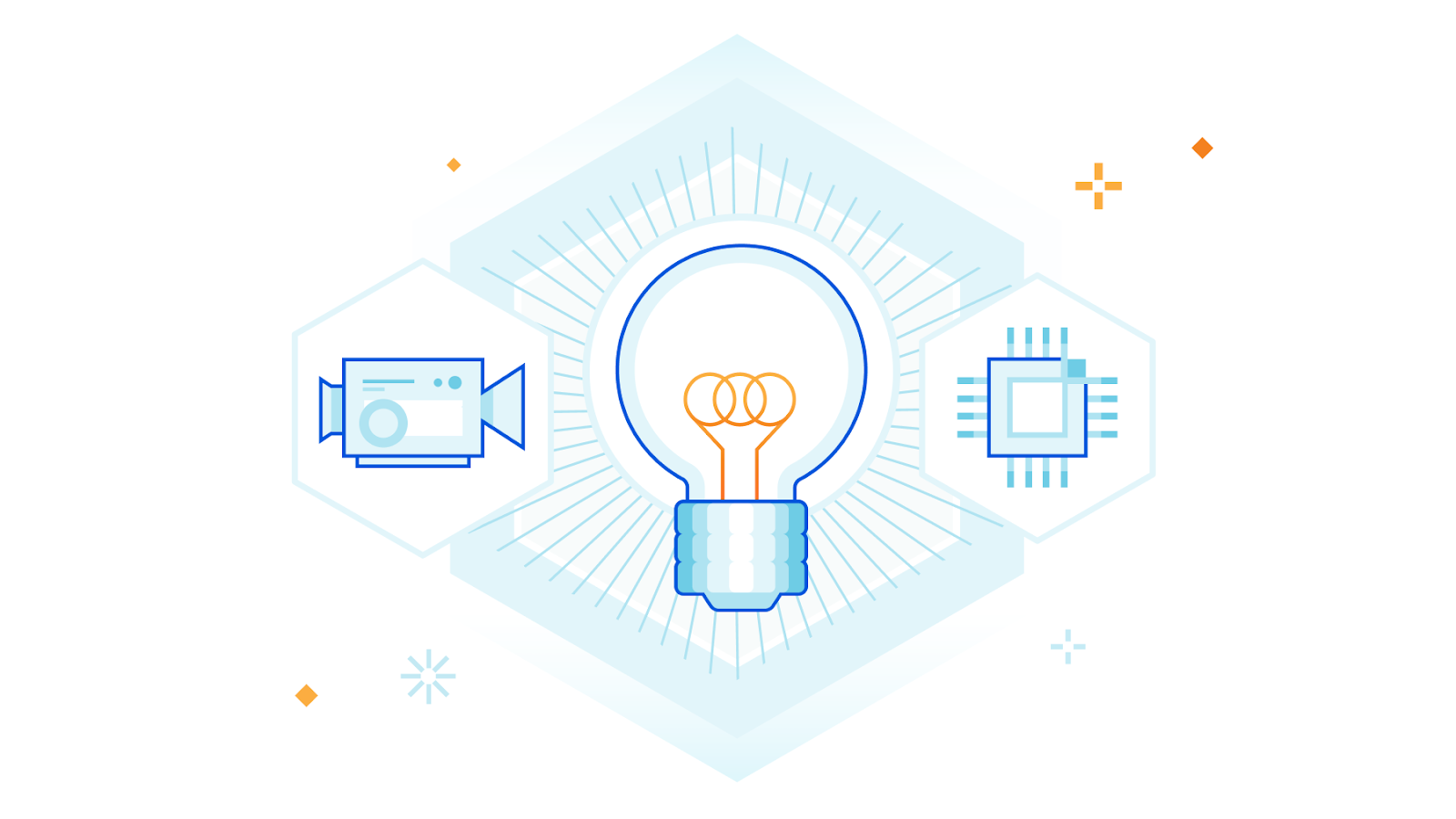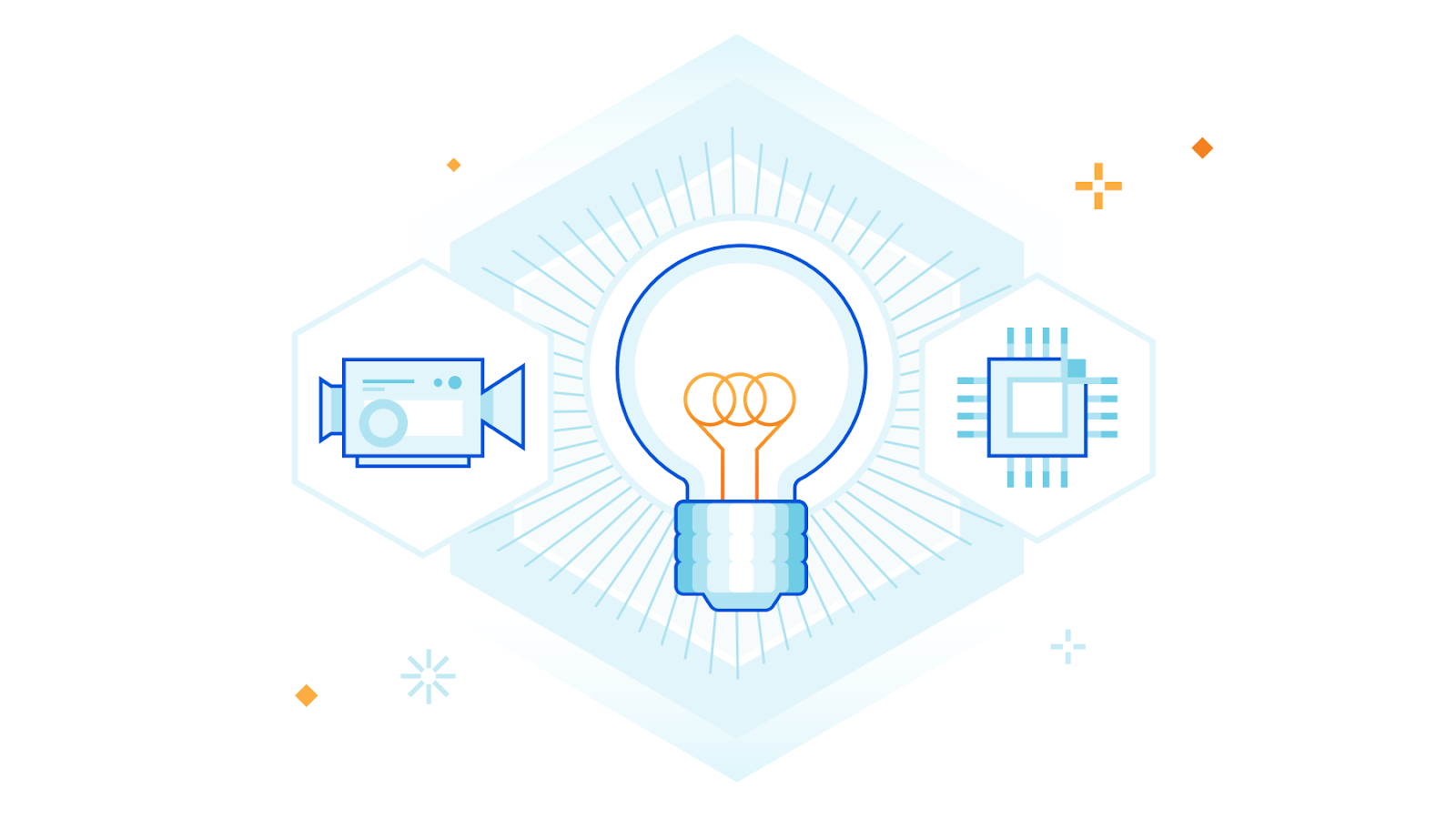Author Archives: Molly Cinnamon
Author Archives: Molly Cinnamon


When a new security threat arises — a publicly exploited vulnerability (like log4j) or the shift from corporate-controlled environments to remote work or a potential threat actor — it is the Security team’s job to respond to protect Cloudflare’s network, customers, and employees. And as security threats evolve, so should our defense system. Cloudflare is committed to bolstering our security posture with best-in-class solutions — which is why we often turn to our own products as any other Cloudflare customer would.
We’ve written about using Cloudflare Access to replace our VPN, Purpose Justification to create granular access controls, and Magic + Gateway to prevent lateral movement from in-house. We experience the same security needs, wants, and concerns as security teams at enterprises worldwide, so we rely on the same solutions as the Fortune 500 companies that trust Cloudflare for improved security, performance, and speed. Using our own products is embedded in our team’s culture.
We’ve built the muscle to think Cloudflare-first when we encounter a security threat. In fact, many security problems we encounter have a Cloudflare solution.


There is probably an insecure device with an exploitable vulnerability sitting in your house. And your office. And probably even your child’s school. Cameras, printers, speakers, access control readers, thermostats, even heart monitors... all of these devices are, or can be, Internet of Things (IoT) devices. These IoT devices are seamlessly integrated into our modern lives to improve efficiency and control of our environments — yet they are notoriously insecure. This is due to the constrained nature of device hardware and their limited computational capacity, which often lead to minimize access controls, hard-coded passwords, and an inability to patch remotely.
The reality of this threat can play out dramatically. Take, for example, the 2016 Mirai botnet attack, in which hackers exploited millions of IoT devices to become a large-scale botnet network capable of launching DDoS attacks that took down major portions of the Internet, including Twitter, the Guardian, and CNN. These types of attacks are hardly an infrequent occurrence. Cloudflare experienced this reality firsthand in March 2021, when one of our potential vendors for physical security cameras, Verkada, was compromised. The incident allowed a hacker to access Verkada's internal support tools to manage the cameras remotely, enabling them to Continue reading

The digital world often takes its cues from the real world. For example, there’s a standard question every guard or agent asks when you cross a border—whether it’s a building, a neighborhood, or a country: “What’s the purpose of your visit?” It’s a logical question: sure, the guard knows some information—like who you are (thanks to your ID) and when you’ve arrived—but the context of “why” is equally important. It can set expectations around behavior during your visit, as well as what spaces you should or should not have access to.
Digital access follows suit. Recent data protection regulations, such as the GDPR, have formalized concepts of purpose limitation and data proportionality: people should only access data necessary for a specific stated reason. System owners know people need access to do their job, but especially for particularly sensitive applications, knowing why a login was needed is just as vital as knowing who, when, and how.
Starting today, Cloudflare for Teams administrators can prompt users to enter a justification for accessing an application prior to login. Administrators can add this Continue reading